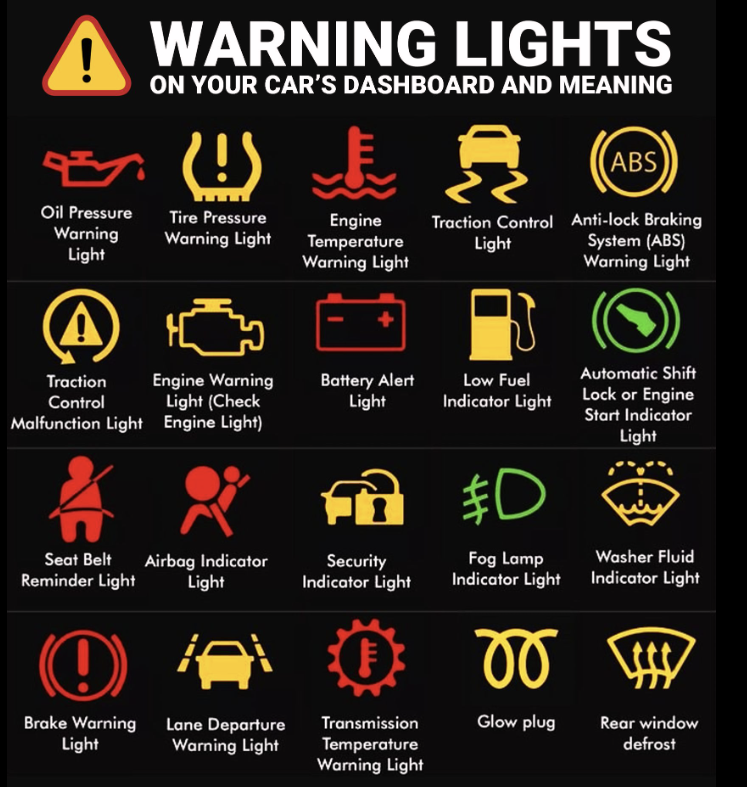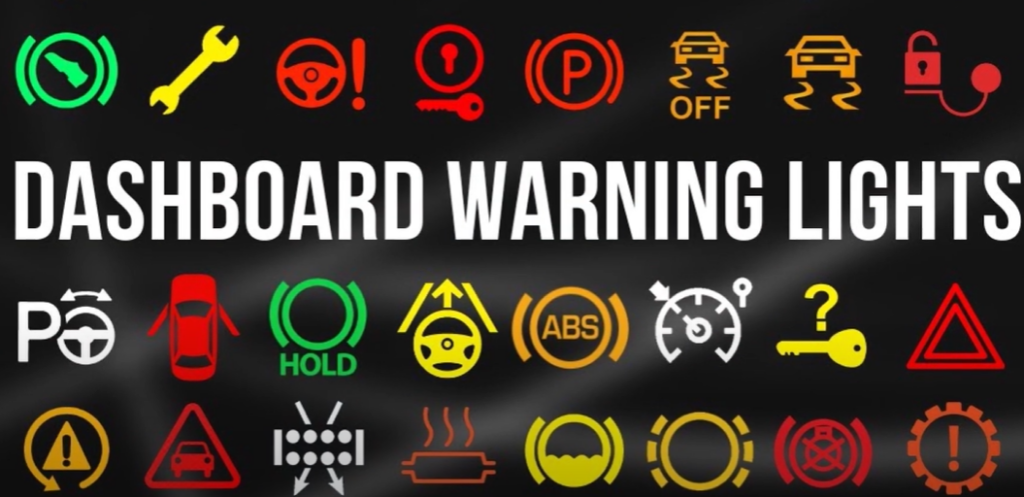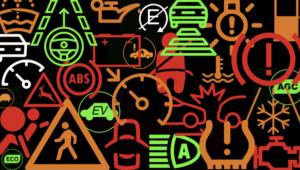The dashboard of your vehicle is more than just a collection of lights and gauges- it’s a high-tech system that indicates the health status of your car. Modern cars are equipped with sensors that constantly monitor a vehicle’s critical systems and if any issue arises in the system then the dashboard alerts you with warning lights. Then you need to pay attention to these signals as ignoring these signals can lead to severe consequences, ranging from minor inconveniences to major safety hazards and expensive repairs.
This article will break down the meanings of often seen warning lights on a dashboard, give factual case studies, and emphasize why immediate action is a necessity through data-based explanations.
Table of Contents
ToggleUnderstanding Your Dashboard’s Language
Every indicator light of your dashboard carries a meaning. The engine light can represent a sensor problem or an even bigger issue like a troublesome engine misfire. The oil pressure light is also equally important signifying that the engine is not getting enough lubrication, and if it is neglected, can lead to damaging effects. Also crucial are the battery light, which depicts problems with the electrical system of the vehicle, and the brake light that indicates a problem with the braking system.
Because of the growth of advanced technologies in the automotive field, auto repair mechanics will find it less challenging to figure out cars once a warning light is seen. This means that they can focus on targeted repairs, which often take less time and cost rather than investing time on other parts.
Recognizing dashboard’s signals and understanding their implications accordingly is the first step in proactive vehicle maintenance.

Insights: The Value of Proactive Maintenance
Various studies have shown that checking warning signs on a dashboard and addressing the issues promptly can significantly reduce big problems in the future. A study conducted by the American Automobile Association (AAA) found that timely maintenance cut down repair costs by up to 25%.
Telemetry data from fleet management systems indicate that maintenance performed on warning light alerts is economical, but also serves to prolong the life of vital vehicle parts while reducing the chances of unforeseen failures. Thus, simply adhering to the advice of industry professionals and taking steps whenever a warning light is activated not only increases the level of protection one gets but also considerably reduces expenses over time.
Preventive Measures Need to Implement
Read the Owner’s Manual:
Make sure to learn what warning lights on a dashboard indicate. There are instructions in the vehicle’s manual that provide more specific details for how to manage and interpret these warning signals.
Book a Diagnostic Check:
It is best to take your vehicle to a specialist at the very minimum when you see a warning light. Advanced equipment nowadays usually allows for fast and accurate detection of problems.
Maintain the Car:
Get your car serviced regularly and as advised by the experts to maintain its condition. Neglecting to do so would mean small issues growing into larger ones that are more difficult to deal with.
Doing these things will not only help avoid breakdowns but will also improve your general ease while engaging with the car. By dedicating a small amount of time learning to interpret these signals, you will ensure that your vehicle remains both reliable and long-lasting. To learn these signs in detail, you must read this blog – Car Dashboard Symbols and Meanings.
Final Thoughts
Warning lights are key indicators to ensure your car is working effectively and safely. Understanding what these signals mean, analyzing real life case studies, and looking at the number provides endless opportunities for effective decision making that ensures the car, as well as finances, are kept safe. So, make sure not to overlook early signs from your car. Addressing these signs in a timely manner will ensure reliability and safety while driving.









